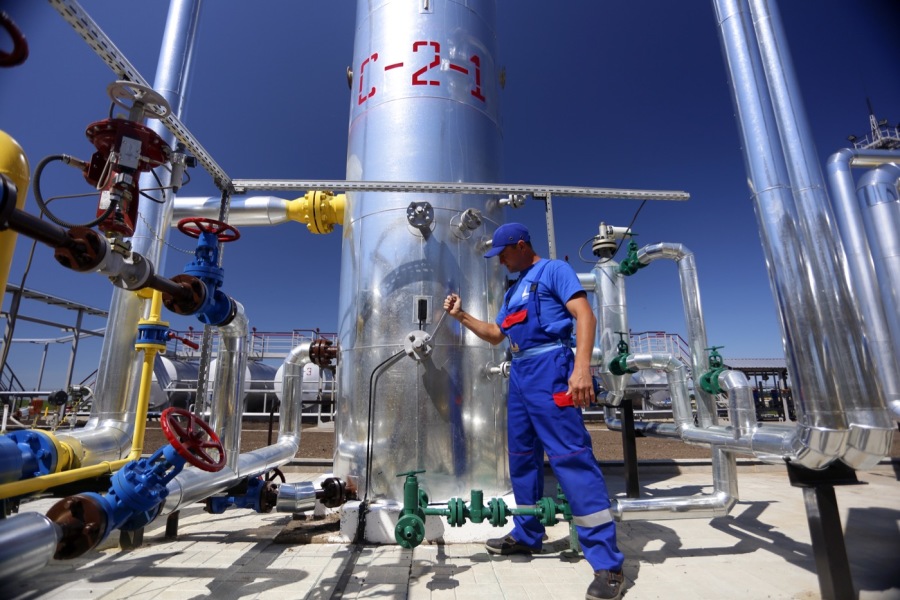Gazprom is the largest gas company in the world. The main activities of the organization: wholesale of solid, liquid, gaseous fuels and their derivatives. It should be noted that in addition to this, Gazprom is working in another 31 directions.
The authorized capital of Gazprom is about 118.5 billion rubles. The company has 61 branches and 119 subsidiaries. The activities of Gazprom are regulated by 93 licenses for various types of activities. From 2001 to this day, the company has been headed by Alexey Borisovich Miller, Chairman of the Board.
Capital structure
The company's equity consists of several parts. In addition, each of these elements is funded from different sources. We are talking about the authorized capital of Gazprom, additional, reserve and profit. It should be noted that a thorough analysis by industry experts suggests that no significant changes in the structure of the company's equity have occurred over the past three years. The main reason for this is an increase in retained earnings, which in turn indicates improvements in the financial activities of the company.

Positions in the world and Russia
The corporation owns 60% of domestic and 17% of the world's natural gas deposits. In addition, it should be emphasized that the company's share in the extraction of this energy source is even higher. So, Gazprom produces 85% of Russian gas and 20% - world gas. In the Russian Federation, it occupies a monopoly position in the field of gas transportation. This is due to the fact that Gazprom owns the UGSS - the Unified Gas Supply System, which owns all the gas pipelines of the Russian Federation.
The company also holds a special position as an exporter of “blue fuel”. Thus, the Law on Gas Export provides Gazprom with the exclusive right to sell natural gas outside the Russian Federation. Other domestic companies cannot export their products to other countries of the world.

State participation in the work of Gazprom
By the way, it will be noted that the state has a 50% plus one share in the corporation’s capital. Moreover, the Law on Gas Supply in the Russian Federation established this level of presence of the Russian Federation in Gazprom as the lowest possible. During the time of active privatization at the dawn of the young Russian state, the Russian Federation lost its control over the corporation, but in 2004 control was restored after the state acquired an additional stake in the company.
